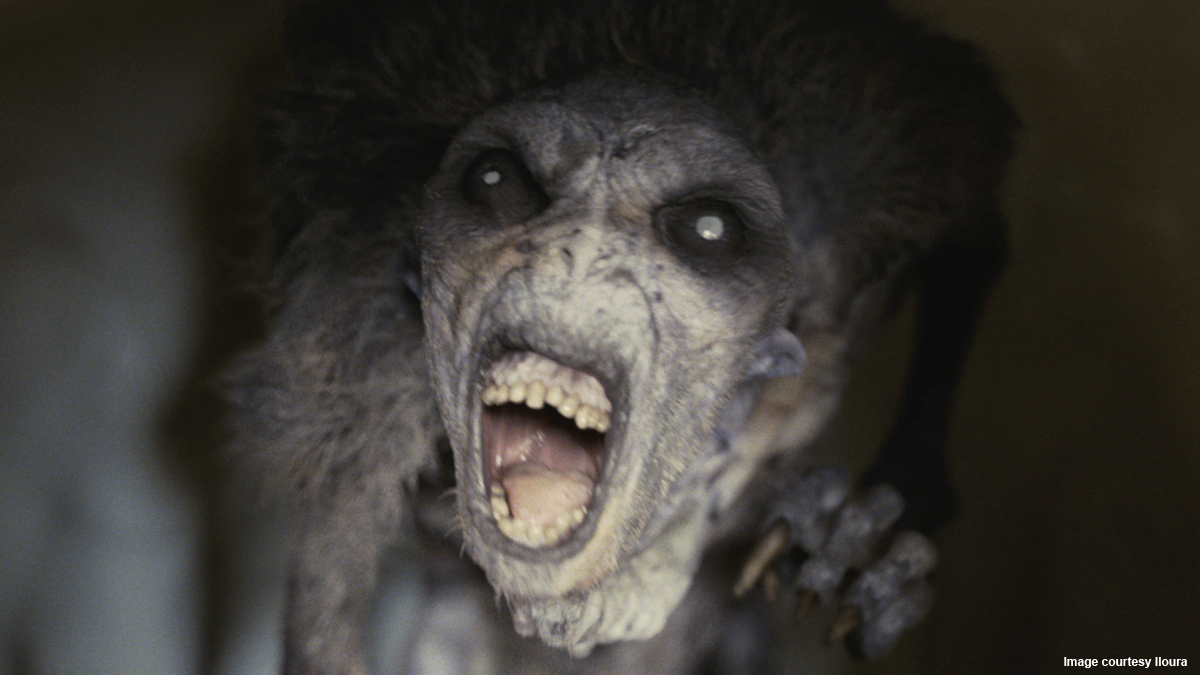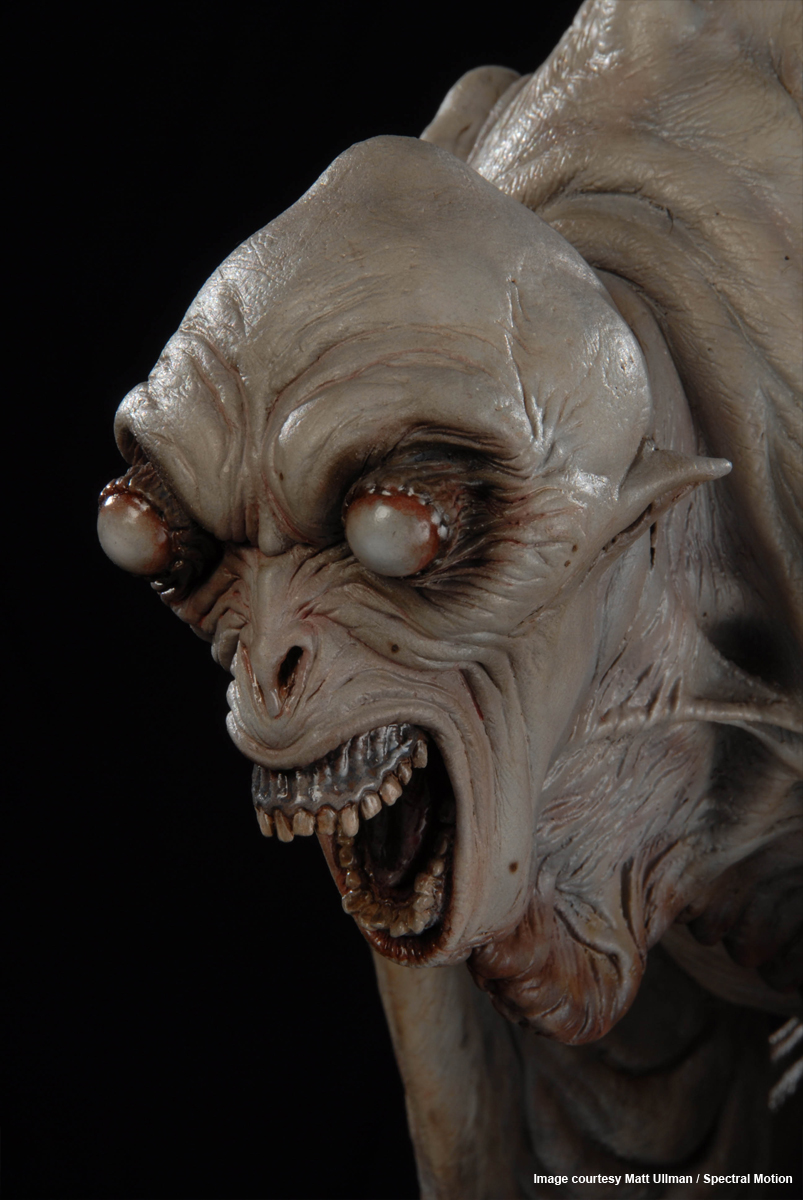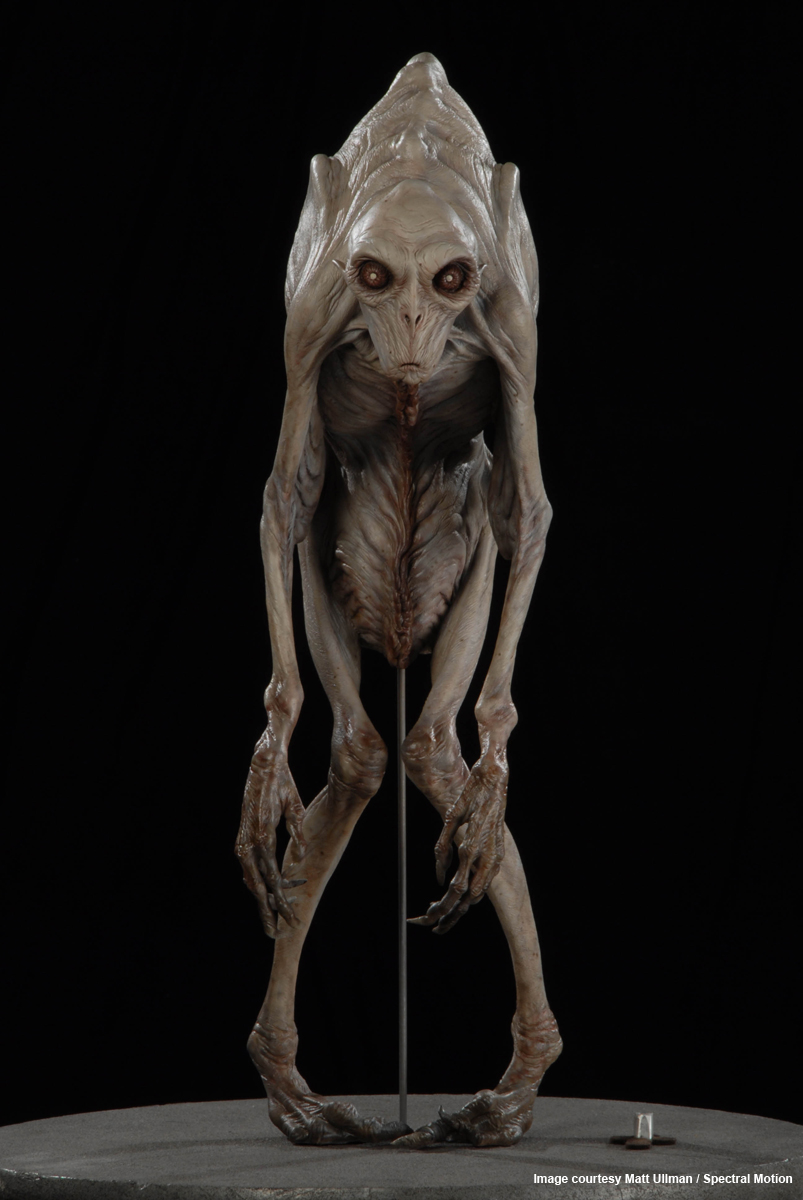After working as an Cel animator, Glenn Melenhorst joined the team of Iloura’s. He worked on films such as THE BANK JOB or CHARLOTTE’S WEB. Then he supervised the effects of AUSTRALIA, the TV series THE PACIFIC, PRIEST or KILLER ELITE.
What is your background?
After graduating from Film school, my first job was as a traditional Cel animator until 1987 when I moved into the emerging field of computer graphics. Having worked in commercials for many years, I changed streams and began to work in film as Iloura’s focus broadened to encompass feature film VFX.
How did Iloura got involved on this show?
We were invited to pitch on the show with several other vendors. I don’t think we rated our chances as very high given that some of the other vendors had already been involved in talks for some time so we were thrilled to secure the work. Following our pitch to Troy and Guillermo, we embarked on a small animation test in order to convey our understanding of the brief.
How was the collaboration with director Troy Nixey?
Having such a strong background in graphic novels, Troy’s visual design for the film was very strong.
Can you explain to us the creation of the beautiful main title?
A wealth of illustration existed that explained a little of the back story of the film and Guillermo wanted us to explore ways to use these illustrations in the title. We then began designing a journey using that artwork and our own 3d modelled assets and trough a process of refinement, we ended up with what is on screen.
How did you design the creatures?
By the time joined the film, the creatures had been designed and sculpted by Spectral Motion.
Once we had the maquettes scanned and remodelled in our systems, we further refined and adjusted the models, and added fine detail like wrinkles and pores, as well as surface textures and fur.
How were simulated their presence on set?
Our on set supervisor, Julian Dimsey took care to survey all of the sets which we rebuilt in 3D for previz and interactions with the characters. We had real sized versions of the creatures sculpted for size and lighting reference which we puppeteered through each shot. We scanned a lot of the ornate
set pieces and converted them to models for shots in which the homunculus needed to crawl over carvings and the like and back at Iloura, we rebuilt many pieces of the set for accurate shadow casting and for reflections back into the creatures or props they carried.
Can you tell us more about their rigging?
The homunculus were rigged in Maya by Avi Goodman. Apart from their basic rigged skeleton, we had systems in place for muscle deformations and skin sliding. The characters were quite taught so a lot of the deformation was subtle. The creatures also had quite loose skin around their armpits and some had fleshy jowls or throats so we simulated the loose skin as a series of cloth solutions that were refined and corrected on a per shot basis.
What was your references for their animation?
We used several golden rules for the way the creatures behaved. They were animated to be slower standing than when on all four legs so, when upright, we referenced old men walking, and when on all fours, we referenced rats and cockroaches and spiders. Through the production we spent a long time videoing ourselves hobbling about and set up a small Homunculus school where we explored methods of locomotion for the creatures with the whole animation team.
Did you create some previz?
Yes. A team of 6 animators were on set creating previz for the film a few days ahead of principal photography. It served as a robust blueprint for the three running crews to understand where in any given shot our characters would be as well as to inform the DOP where walls needed to be removed or when the rig was below the floor level (as much of the camera work was low to the ground). Ahead of this, we used our survey data to recreate the sets accurately and modelled each of the rigs being used on set.
What was the biggest challenge on this project and how did you achieve it?
Getting the animation/performance right was a huge challenge. In some shots there were up to 40 characters and each was hand key framed. That’s a lot of toes and claws and teeth and eyeballs (laughs).
Was there a shot or a sequence that prevented you from sleep?
Only one or tow. The final battle where there are little homunculus everywhere was a challenge for continuity and staging but the previz was mostly adhered to so it made that challenge a little easier.
What are your software and pipeline at Iloura?
We model in Max/Maya, whatever, then rig in Maya and render in Max using Vray (which was not available for Maya at that time). We have built a series of in-house tools to transfer the data between these packages so we can use whatever software is best for the job, we even used Blender a little in
our pipeline (laugh). For compositing, we used Nuke.
What do you keep from this experience?
Our relationship with Guillermo del Toro, Troy Nixey and Mark Johnson. It was an amazing experience and for those three to trust us, and for them to be thrilled with the end result was a career highlight.
How long have you worked on this film?
I believe it was about 8 months.
How many shots have you done?
300 shots
What was the size of your team?
About 40 artists.
What is your next project?
We have just wrapped on the FX for GHOST RIDER: SPIRIT OF VENGEANCE which was all fire and explosions which was 180 degrees from DON’T BE AFRAID OF THE DARK and now we are working on TED for Seth MacFarlane.
What are the four movies that gave you the passion for cinema?
Personally? Well, BACK TO THE FUTURE, CLOSE ENCOUNTERS OF THE THIRD KIND, JASON AND THE ARGONAUTS and RAISING ARIZONA (laughs).
A big thanks for your time.
// WANT TO KNOW MORE?
– Iloura: Dedicated page about DON’T BE AFRAID OF THE DARK on Iloura website.
– fxguide: Article about DON’T BE AFRAID OF THE DARK on fxguide website.
// DON’T BE AFRAID OF THE DARK – VFX BREAKDOWN – ILOURA
© Vincent Frei – The Art of VFX – 2011









